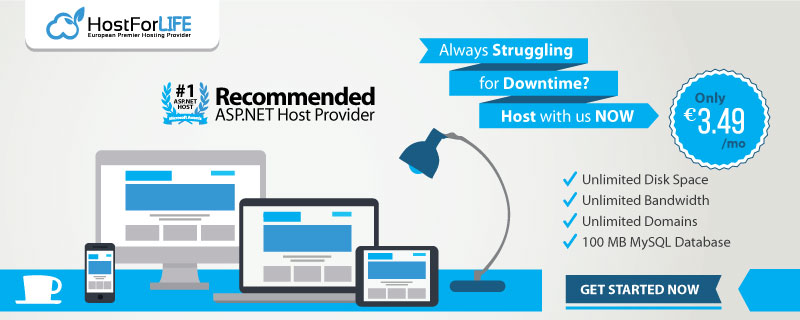What is a SQL Server?
Microsoft's SQL Server solution is intended for data management and storage. Imagine it as a digital filing cabinet that is extremely well-organized. Any software or application that requires information sends a request to SQL Server to extract the information. Because of its large data processing capacity, it may be applied to both small and large projects.
A Brief History of SQL Server
SQL Server was first brought to the market by Microsoft back in 1989. This was developed at that time in cooperation with another company named Sybase. Since then, it has gone through lots of changes. Each new version brought several enhancements. Here are some of the significant ones.
- SQL Server 2000: This version made SQL Server more web-friendly by including the support for XML and HTTP.
- SQL Server 2005: Provides a utility called SQL Server Management Studio, which provides easier database management. SQL Server 2008: Some new features introduced were the enhancement of management tools and the introduction of new data types to work with. SQL Server 2012: Its powerful features were AlwaysOn Availability Groups, which keep your databases running, and improved security.
- SQL Server 2016: Extended its functionality to support operation on Linux systems and added real-time data analytics.
- SQL Server 2019: Added big data clusters, among other advanced features, to handle even more complex data needs of the users.
- SQL Server 2022: The latest release, whose primary focus is on the speed, security, and manageability of the instances. It has added features like Accelerated Database Recovery.
As of February 2024, the following versions of SQL Server are supported by Microsoft:
- SQL Server 2014
- SQL Server 2016
- SQL Server 2017
- SQL Server 2019
- SQL Server 2022
Key Features of SQL Server
- High Availability: Ensure that your data is always available with advanced features like Always On Availability Groups.
- Security: It secures your data by providing it with advanced security attributes, including encryption and row-level security.
- Performance: Equips you with the tools that can make your database more rapid and effective.
- Scalability: Can handle more volumes of data and a large number of users at the same time.
- Integration: Augments well with reporting and data-processing-like, like SQL Server Reporting Services-SSRS and SQL Server Integration Services-SSIS.
- Cloud Support: This can be deployed on the cloud for the management of data across more than one environment; one such example is Microsoft Azure.
Management Studio for SQL Server (SSMS)
One tool for managing SQL Server is called SQL Server Management Studio, or SSMS for short. You can set up, monitor, and administer your databases with ease thanks to its incredibly user-friendly interface. In actuality, the importance of SSMS for all SQL Server users—from developers to database administrators—cannot be overstated.
How to Connect to SQL Server?
Connecting to SQL Server is the first step to managing your databases. Here’s a quick guide on how to do it.
- Choose Your Tool: You can use SSMS, Azure Data Studio, or even programming languages like C#, Java, or Python.
- Get Your Connection Info: You’ll need the server name or IP address and your login details.
- Using SSMS
- Open SSMS.
- Enter the server name and your authentication method (like a username and password).
- Click "Connect."
- Using a Programming Language
- Install the necessary libraries or drivers.
- Use a connection string to link to SQL Server. Here’s an example in C#.
using System;
using System.Data.SqlClient;
class Program
{
static void Main()
{
// Connection details for the SQL Server
string connectionString = "Server=myServerAddress;Database=myDataBase;User Id=myUsername;Password=myPassword;";
// Creating a connection to the database
using (SqlConnection connection = new SqlConnection(connectionString))
{
try
{
// Try to open the connection
connection.Open();
Console.WriteLine("Successfully connected to SQL Server!");
}
catch (Exception ex)
{
// If something goes wrong, show the error message
Console.WriteLine("Error: " + ex.Message);
}
} // Connection gets automatically closed here
}
}
Test the Connection: Once connected, you can run queries or perform database operations to ensure everything is working correctly.

A Look at the SSMS Interface
- SSMS is very user-friendly and will enable you to conveniently manage SQL Server databases. Some key components are.
- Object Explorer: On the left-hand side, it provides a tree view of your databases and server objects.
- Query Editor: Centre, this is where you write and execute your SQL queries.
- Properties Window: This usually appears at the bottom right and contains details about the currently selected object.
- Solution Explorer: Solution Explorer is used to organize our SQL projects and scripts. Registered Servers: Under one instance, we can manage multiple SQL Server instances. Template Explorer: This comes with ready-to-use templates of SQL statements for several routine actions.
Conclusion
SQL Server is a tremendous, robust platform for working with data, from small projects to the enterprise-level business. Throughout the years, it increased its functionality by adding a bunch of neat features that helped people store and protect their data, and work with it. With tools like SQL Server Management Studio, database management has become pretty straightforward. Whether you are starting to work with SQL Server or need to know a bit more about what it can achieve, it will provide all you could want to handle your data well. With the basics now explained to you, you're ready to explore more and make the most of SQL Server.
HostForLIFE.eu SQL Server 2022 Hosting
HostForLIFE.eu is European Windows Hosting Provider which focuses on Windows Platform only. We deliver on-demand hosting solutions including Shared hosting, Reseller Hosting, Cloud Hosting, Dedicated Servers, and IT as a Service for companies of all sizes.
